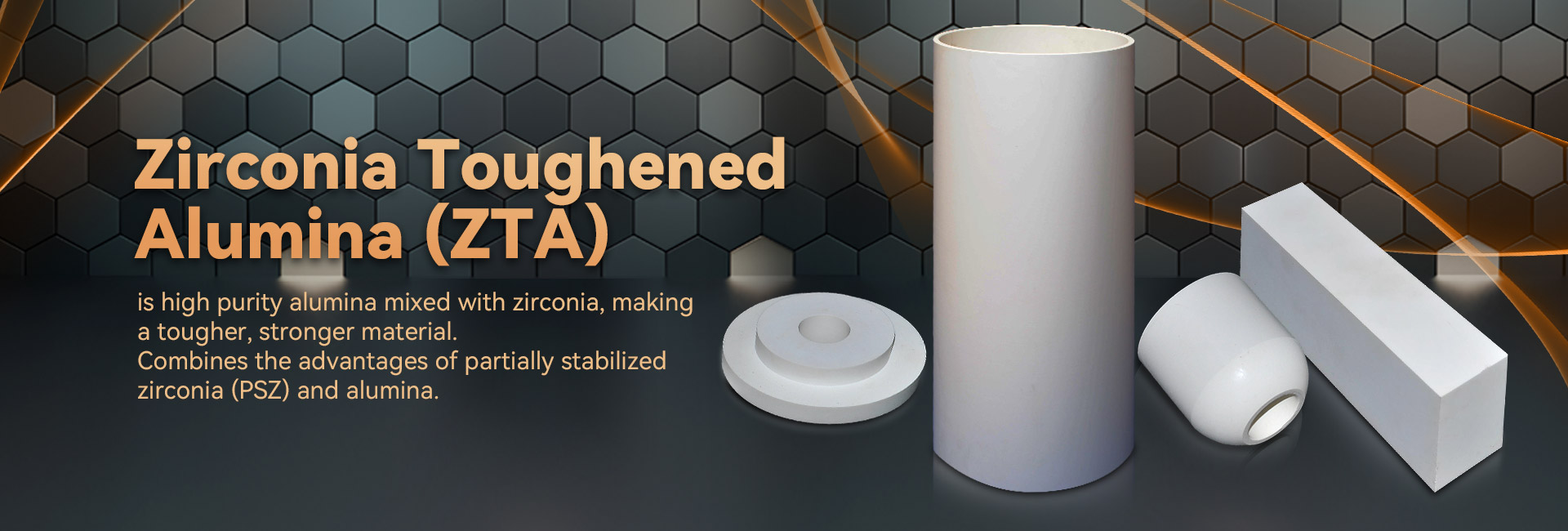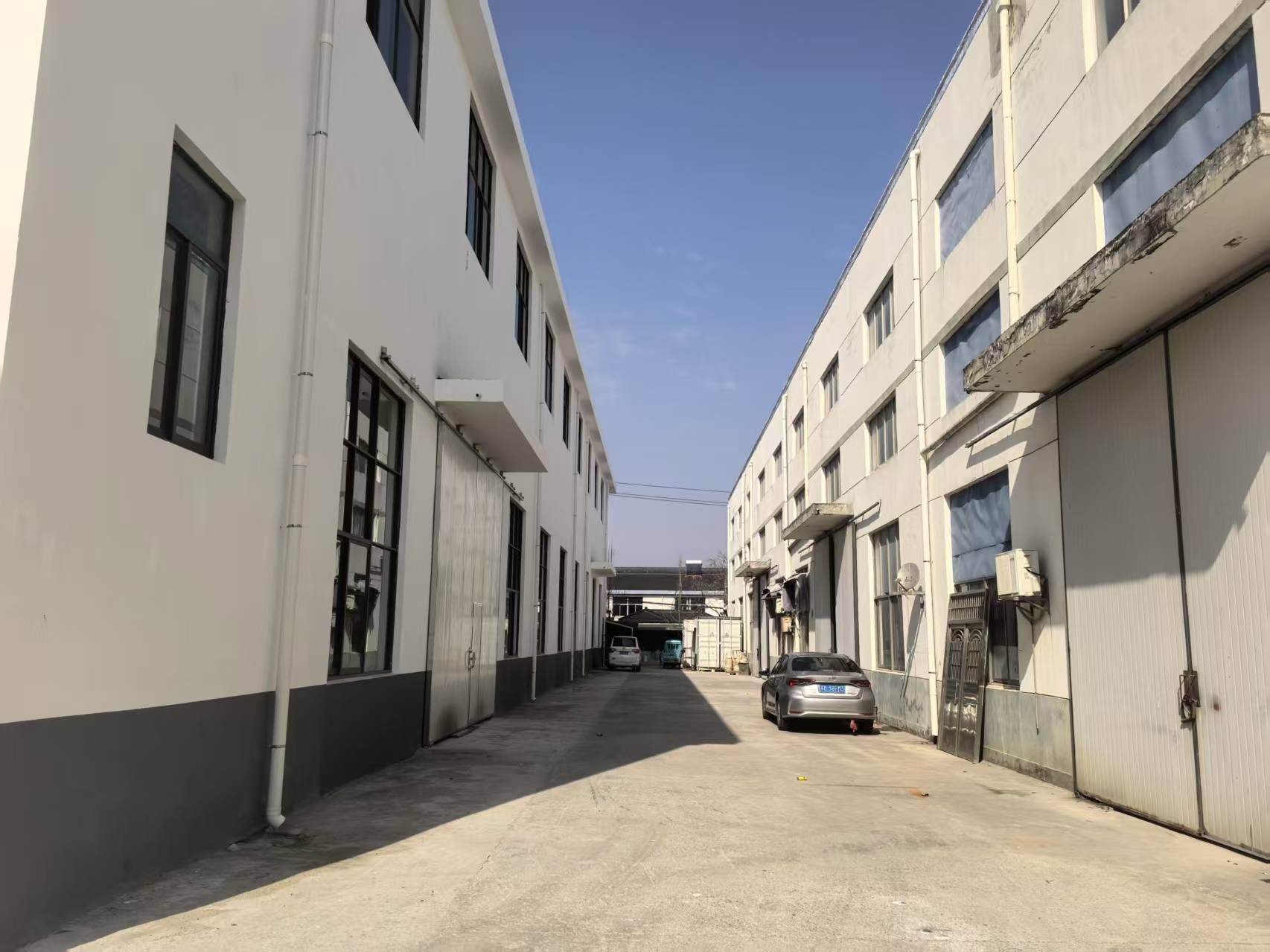
Advanced compound manifest outstanding compositional attributes, establishing them perfect for a varied series of uses. Sprouting from aeronautical and automotive to digital devices, these components are incessantly advancing to fulfill the expectancies of a contemporary landscape.
- Their durability and against to extreme thermal states make them crucial for premium machinery.
- What's more, technical ceramics contribute edges in terms of longevity, facilitating the advancement of advanced technologies.
Fabricating Materials: Designed for Unmatched Efficiency
Constructed ceramics thrive in exacting assignments due to their extraordinary qualities. Crafted from selected with care raw components and processed with intensive processing methods, these progressive substances display superior strength, dulling resistance, and endurance to critical atmospheres, breakdown, and wear. From space parts to carving tools, industrial ceramics offer exceptional functionality across many areas. Their versatility allows withstanding harsh environments, warranting endurance and constancy. As progress progresses, the necessity for state-of-the-art compounds grows, cementing the essential position of industrial ceramics in shaping a advanced period.
Advanced Ceramics: Scaling Compound Margins
Substances, revealing remarkable hardness and longevity, are in the midst of a revolution. Next-generation ceramics, formulated with meticulous control over their constitutions and minute arrangement, stretching the confines of the sum of realizable. These compounds present a wide assortment of peculiarities, making them best suited for rigorous arenas such as spacecraft, medical domain, and electricity. From slender parts that survive extreme warmth to medical-grade implants that join perfectly with the physiology, advanced ceramics are recasting our context.
Precise Ceramic Fabrication: Catering to Rigid Criteria
Advanced ceramic fabrication has advanced dramatically in recent times, granting the production of elaborate and highly functional ceramic products. These modules are essential across a extensive range of industries, including aeronautics, biomedical, and digital domains. Matching the specialized criteria for these incidences calls for meticulous fabrication procedures that guarantee dimensional authenticity, surface quality, and material traits. State-of-the-art ceramic fabrication processes leverage numerical methods, including slip casting, injection molding, and additive manufacturing. These tactics allow the creation of sophisticated structures and accurate components with exceptional precision. In addition, advances in materials science have produced new ceramic compounds endowed with elevated qualities. These forms show increased fortitude, survival, and tolerance to challenging temperature conditions, allowing their use in exacting sectors.
The chances for meticulous ceramic fabrication are significant. As inquiries and progress advance, we can count on even more modern approaches and ceramics that will besides grow the limits of what is achievable in this domain.
Robust Ceramic Compounds for Demanding Circumstances
Innovative ceramic constructs possess extraordinary durability and endurance against severe realms, making them perfect for demanding actions in power areas. These advanced ceramics can overcome intense temperature-related loads, guard against erosion, and hold their efficiency under rigorous operational loads. Their special lattice aspects equip consistent operation in tough conditions, including hot environments, turbines, and energy generators.
- Fiber-reinforced ceramics
- Heat resilience
- Decreased bulk
Material Composites: Synthesizing Rigidity and Utility
Blended materials showcase a strong mix of mechanical fortitude and distinct functional characteristics. Through the fusion of ceramic fragments within a scaffold, these composites achieve extraordinary strengths. This fusion results in heightened resistance against high thermal conditions, wearing, and chemical degradation, rendering them desirable for critical tasks in astronautics, vehicles, and resources areas. Furthermore, ceramic composites are tailored to possess particular properties like electrical conductivity or biocompatibility, enlarging their versatility across diverse fields.
Nanostructural Governance in State-of-the-Art Ceramics
Achieving specified traits in leading ceramics often obligates meticulous oversight over their microarchitecture. Various production variables, including sintering heat level, length, and atmosphere, alongside the addition of dopants or auxiliary phases, meaningfully impact the structure of particles, pore space, and other microstructural characteristics. Precise tailoring of these factors allows for the optimization of resilience, rupture resistance, and temperature conductivity. By way of illustration, raising the sintering heat magnitude can boost grain proliferation, thus increasing solidity and improving mechanical durability. Conversely, adjusting the firing atmosphere may change the oxidation form of the ceramic, thereby influencing its electrical conductivity or magnetic influences. Knowing these relationships between microstructure and properties is fundamental for developing advanced ceramics with personalized capabilities suitable for varied deployments.
Wear-Resistant Ceramics: Elevating Lifespan
During demanding process industries, where elements are forced to constant friction and erosion, products with superior abrasion resistance are critically vital. Wear-resistant ceramics have manifested as a prime response, delivering unparalleled toughness and functionality in several industries such as manufacturing, mining, and aerospace. These high-tech ceramics possess a rare morphology that boosts their facility to counteract degradation. By harnessing the inherent resilience and compression of ceramic elements, engineers can develop tough parts capable of surviving the most inimical operating climatic states.
Medical-Grade Substances: Applications in Medical Science
Health-safe ceramics have altered the healthcare discipline, conveying an array of advantageous features for extensive works. These compounds are harmless within the flesh, minimizing sensitivity responses and fostering tissue integration. A prime application for biocompatible ceramics is in bone grafts, where their resilience sustains long-lasting support to damaged flesh.
Additionally, they are adopted in oral care, conveying a sturdy and lovely solution for oral reconstruction. Ceramics also hold a key duty in medication delivery, empowering the localized application of therapeutics to specific regions within the organism.
- Over and above, biocompatible ceramics are growingly being probed for cellular therapy, serving as a backbone for wound healing.
- Because of this, the prospect of biocompatible ceramics in health industry looks bright, with continual work expanding their applications.
Ceramic Detection Devices: Driving Exact Evaluations
Sophisticated ceramic sensors have come forth as important constitutents across a comprehensive array of arenas. These gadgets deploy the peculiar precise ceramic aspects of ceramic forms to deliver highly accurate determinations. Their robustness in {demanding|harsh| 